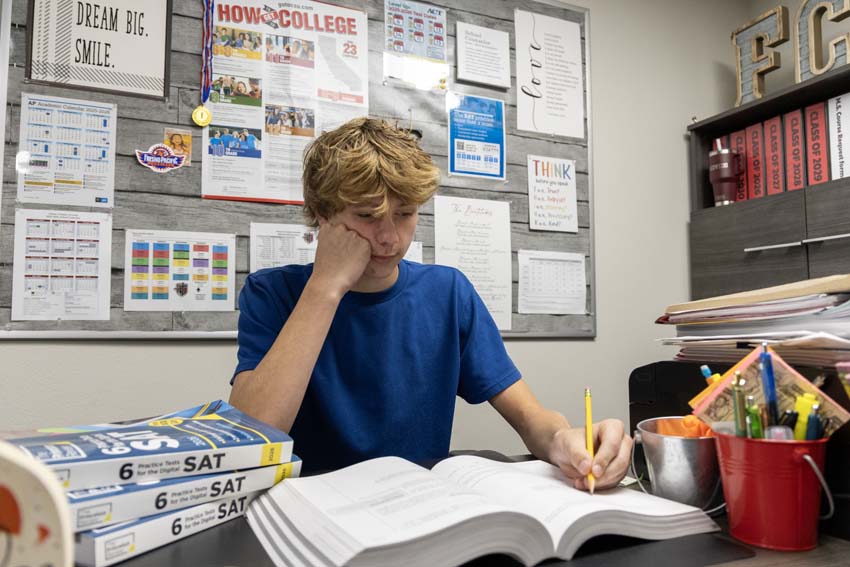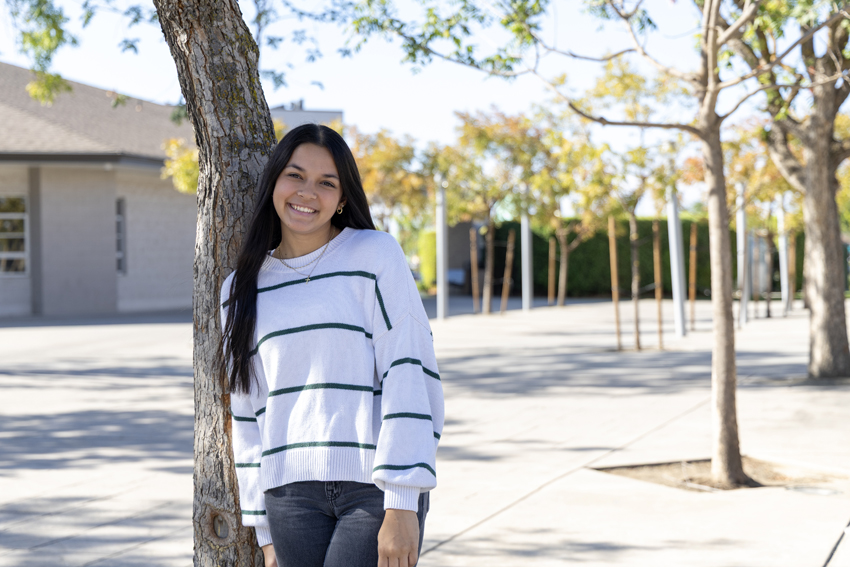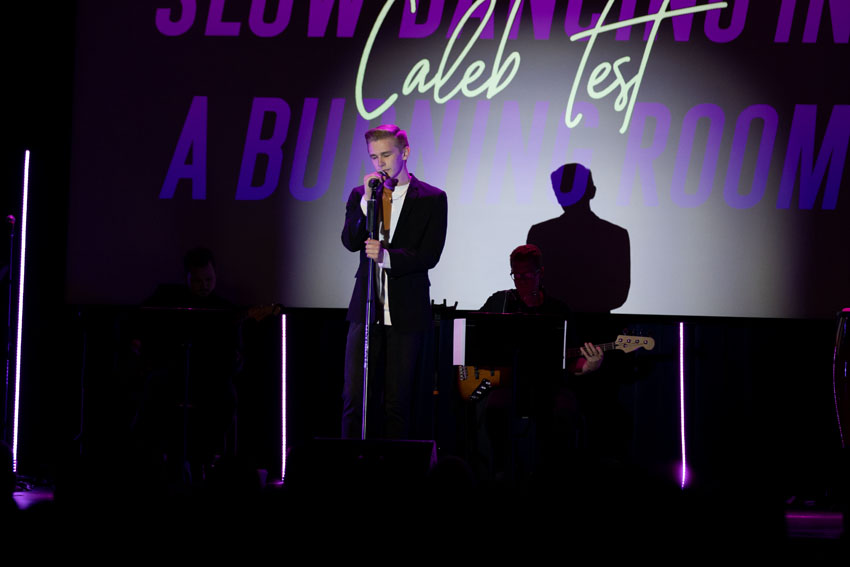In this column, Academic Adviser and AP English teacher Molly Sargent discusses the college application process with Austin Ward and gives advice for prospective college students.

You’ve been told all your life you can be anything you want to be if you just want it enough, if you just work hard enough. So you’ve gotten the best grades in school that you could, taken challenging classes, joined clubs, visited college campuses and applied to your top five (more or less) college picks. And you got in to three of them! Congratulations!
Now, the “rubber hits the road,” as they say, and whether you can actually attend any of those colleges comes down to cold, hard cash. And that’s where the FAFSA comes in.
The FAFSA (Free Application for Federal Student Aid) is a document that must be completed if you are hoping to receive any kind of financial aid for college, whether it is from the federal government, state agencies or private institutions. It is filed online and is used to determine your EFC (Expected Family Contribution).
According to the FAFSA website, the EFC is a preliminary estimate that measures your family’s financial strength. It is subtracted from the Cost of Attendance at the school(s) you plan to attend to determine your eligibility for student aid. Once the EFC is determined, schools use it to prepare a financial aid package (grants, loans and/or work-study). Financial need is the difference between your EFC and your school’s cost of attendance (which can include living expenses).
The FAFSA will not be available online until Jan. 1, 2011. It must be submitted no later than March 2 for California.
The first step in beginning the process is for you and your parent to sign up for a PIN. This four-digit number, along with other personal information, is used to access your personal information on federal student aid websites. It is highly advantageous to receive a PIN before you begin the process since it takes a few days to receive it.
Other information and documents necessary to complete the FAFSA include: your Social Security Number; your driver?s license; your parent’s or guardian’s 2010 Federal Income Tax Return; your tax return, if you filed one; W-2 forms for 2010; untaxed income records; current bank and business statements; and your alien registration or permanent resident card (if you are not a U.S. citizen).
Both the student and the parent/guardian have their own sections to complete, each of which requires the declaration of personal financial assets. Also, if you are a male 18 years old or older, you must have registered with the Selective Service System.
At first glance, the FAFSA may seem a bit intimidating. But once you have the necessary information, it’s not so bad. And if you run into any trouble, there are several avenues to receive help, all found on the FAFSA website, including a Live Help option.
The good news is that you only need to file it once every year you are in college. Considering you may receive grants, low interest loans, or work-study opportunities as a result of completing a FAFSA, it’s worth your time to go through the process.
For the previous installment, read the Nov. 23 column, College Corner: Essay advice.







Tim DeGroot • Sep 7, 2011 at 12:02 am
The World Ag Expo has always been an awesome learning experience for me, having an interest in agriculture and the dairy industry. The Expo offers informational booths to tractor companies, flyers and farm equipment.
Although it is an agricultural event, this amazing once a year chance to learn almost everything about how our farming industry operates is a wonderful thing for anyone who does, or does not have a background in agriculture.
The Expo focuses on companies and organizations that provide products and information that benefit our rural community, but also attracts people who do not have those interests by hosting tractor pulls at a near-by facility and holding concerts in their brand new music pavilion.
This year they featured country singers Blake Shelton, David Nail, and Stealing Angels. I got the opportunity to attend the Blake Shelton concert with the “I Love Farmers… They Feed My Soul” organization, and it provided a completely different aspect of the way our farming has grown not only in California, but in the states that Shelton grew up in, and visited.
Along with the fun activities and informational booths, the Expo reaches out to surrounding schools throughout Tulare, Visalia and Hanford to run the food booths that are scattered about the Expo. Ranging from breakfast burritos, to Tri-Tip sandwiches, they offer many things to keep everyone full and happy during the long day walking about the show.
I would strongly encourage everyone, coming from any background, to attend the Expo to educate themselves on the base of which our community has been built on. It has always been wonderful experiences to go and meet new people and see all the things that there is to offer within out agricultural community.
Darlene Idsinga • Sep 7, 2011 at 12:02 am
I have attended the World Ag Expo ever since I can remember. Every year around Valentines Day everyone’s getting ready for the farm show. Also the “I love farmers…they feed my soul” was a great booth this year along with many other booths that inform people where their food comes from.
The farm show is great for this exact reason: teaching people there is more to the production of their food than just the income and showing that most ag farms and dairies are family owned and operated, just like my family’s and the DeGroots.